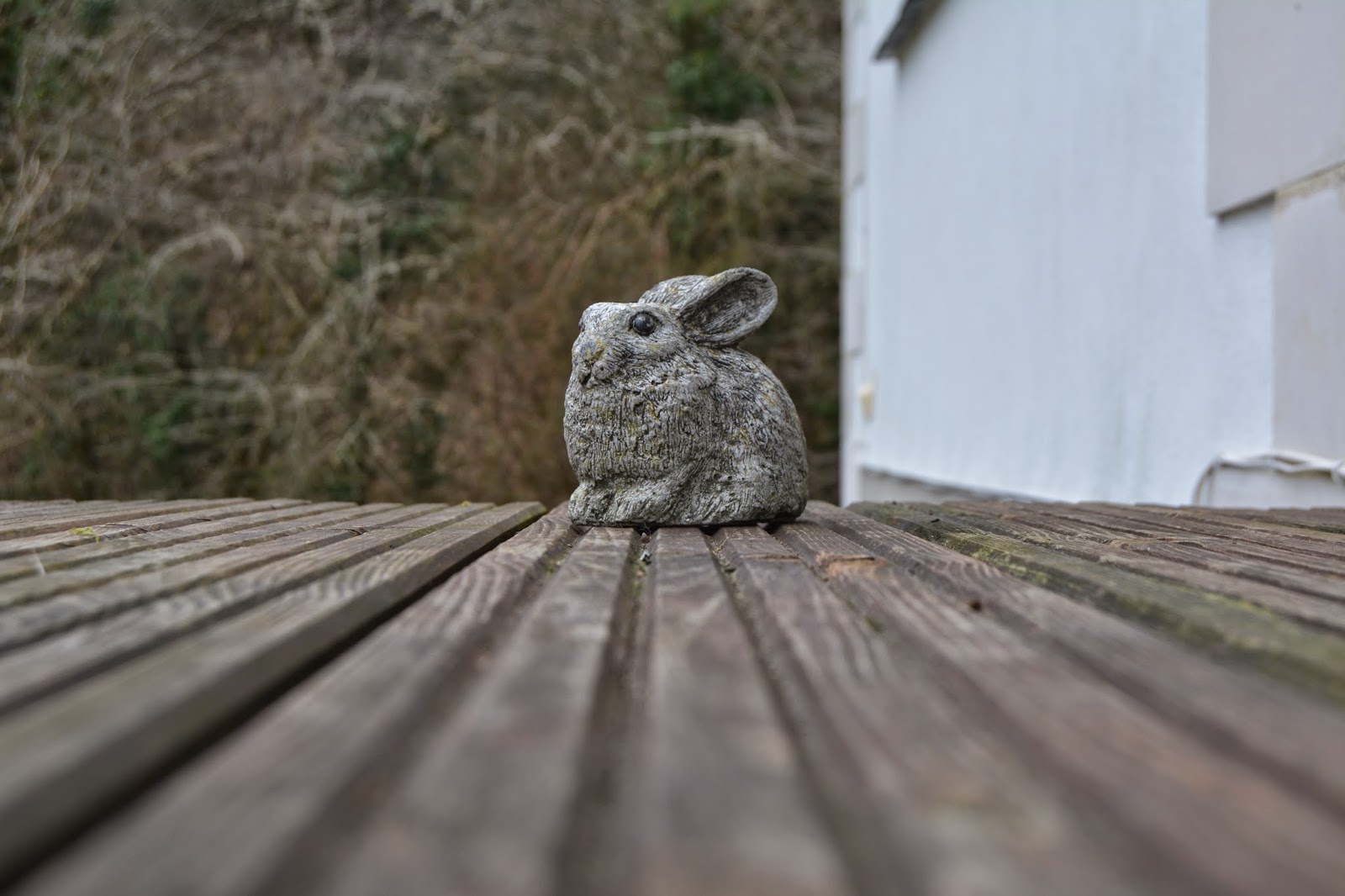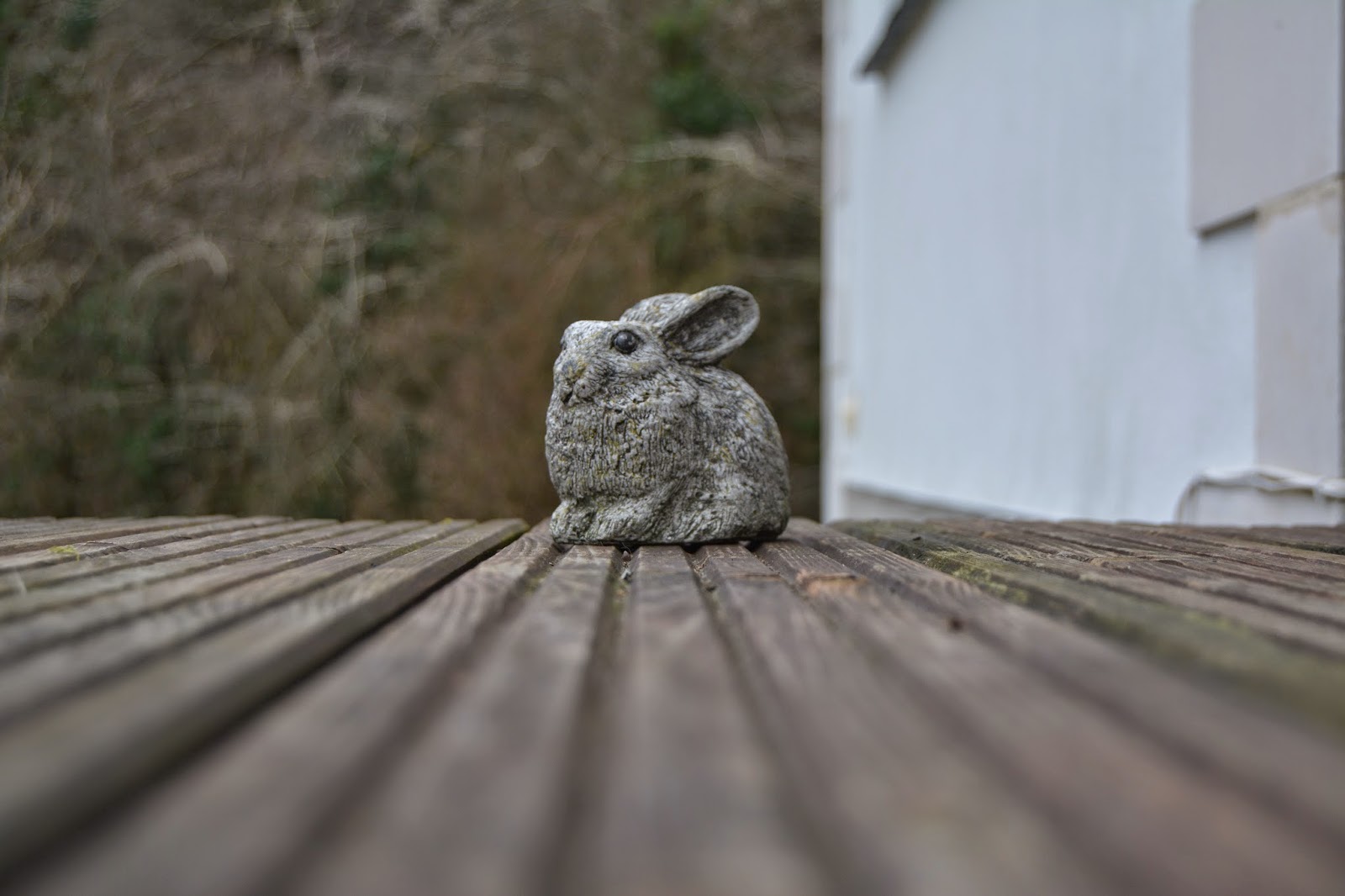Explain what depth of field is and how the aperture affects this.
Depth of field is the distance of which the image taken is shown to be particularly focused and sharp. By changing the aperture it also changes the depth of field. Having a smaller F number for the aperture gives a much shallower depth of field, for example an F number of 2.8 will focus on a closer subject and the background will be a lot more blurred compared to an image taken with an aperture such as f/8.0 show in the images below.
 The image on the left is taken with an aperture of f/4.2 and the other on the right with f/8.0. You can see that the image taken with an aperture of f/8.0 has a lot more of the background in focus compared to the image taken for f/4.2.
The image on the left is taken with an aperture of f/4.2 and the other on the right with f/8.0. You can see that the image taken with an aperture of f/8.0 has a lot more of the background in focus compared to the image taken for f/4.2. How does the aperture affect exposure and why?
Exposure is the amount of light that is let into the camera lens and put into the image, the aperture is a hole that is within the lens of the camera. The aperture controls the amount of light let into the camera. The smaller the aperture the wider the lens will be opened so will let in more light, and the bigger the aperture the more closed the lens will be letting in less light.
What is ISO? When might you need to adjust the ISO setting and what affect could this have on an image?
The ISO on a camera is its sensitivity to the light that is let through the camera lens, the higher the ISO the more sensitive the camera becomes to the light.
When adjusting the ISO settings on a camera, it always goes up double the amount i.e. 100 - 200, 200 - 400. When increasing the ISO you are increasing the amount of light let into the lens, as you increase it you also increase the amount of background noise shown in the final picture. Noise comes up as a sort of speckled effect.
What applications of photography might rely heavily on aperture?
Applications such as portrait photography and landscape photography would rely heavily on aperture. Experimenting with different apertures can give your images very different effects, however using an aperture such as f/8 in an area with good light will make your image come out very sharp working really well with portraits. With landscape photography you will need a wider aperture to get the whole landscape in focus including the back and foreground.
Show an understanding of the advantages of capturing images digitally as opposed to film?
Many people prefer to capture their images digitally nowadays, although saying that film is still popular with some photographers as the prefer the image that is produced in film.
However, digitally producing your images is a lot less time consuming as you are able upload your images directly to your own computer and print them in the convenience of your own home, whereas unless you have your own darkroom you would need to send your film to a lab where they can develop your images for you taking more of your time up waiting for them to be developed.
Because of this it also shows that digitally producing your images is more cost efficient as you don't need to pay to get them developed etc. also you don't have to keep paying for film proving film photography is a continuing cost.
Also, when using a digital camera to take your images you are able to see the images instantly once taking them whereas with film photography you have to wait until the photos have been developed to see how they turned out which can be a waste of money if it was an unsuccessful shoot.





